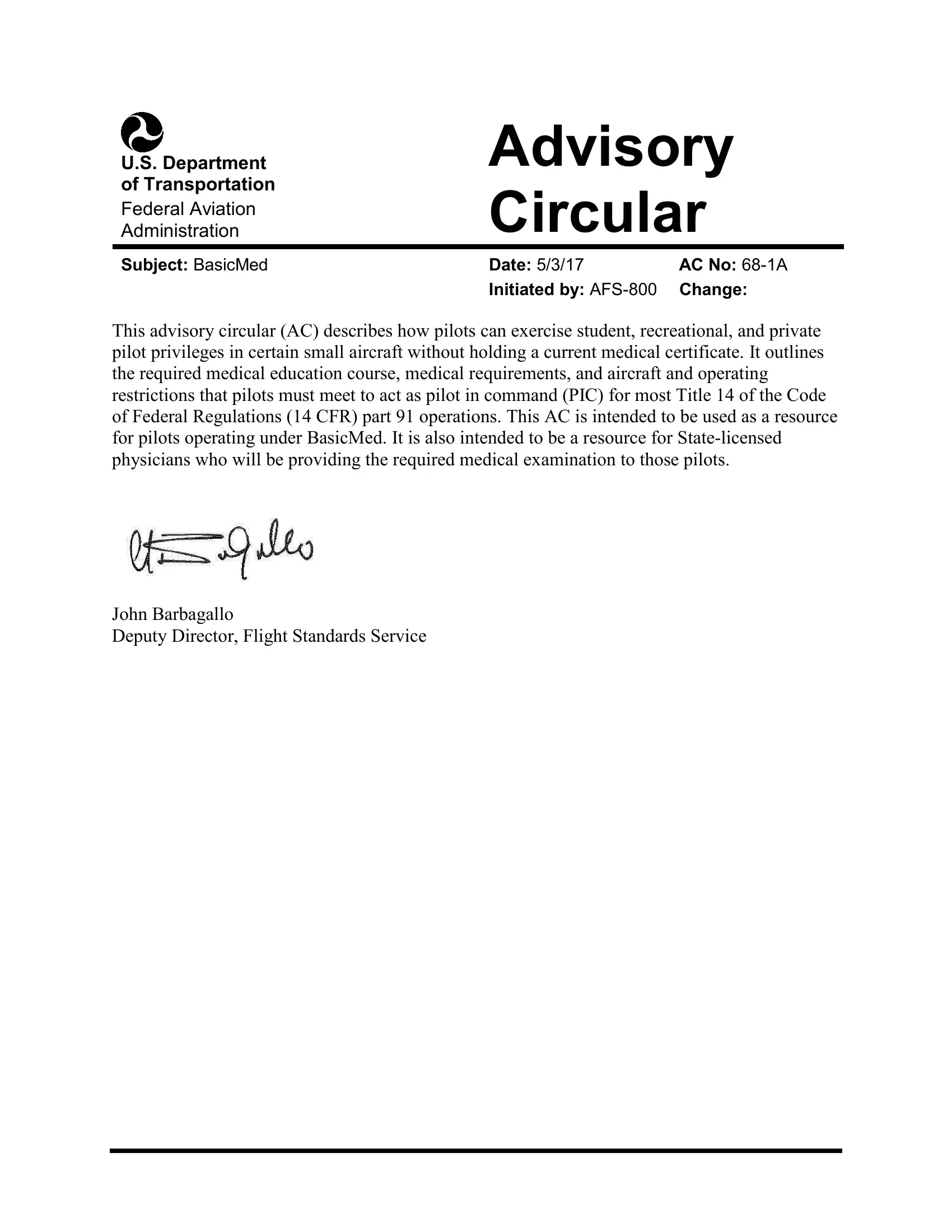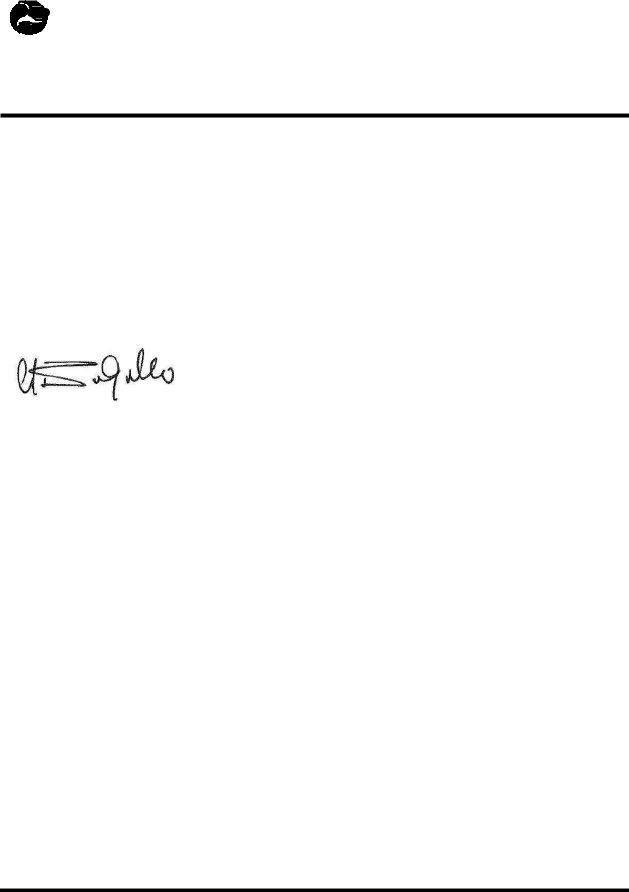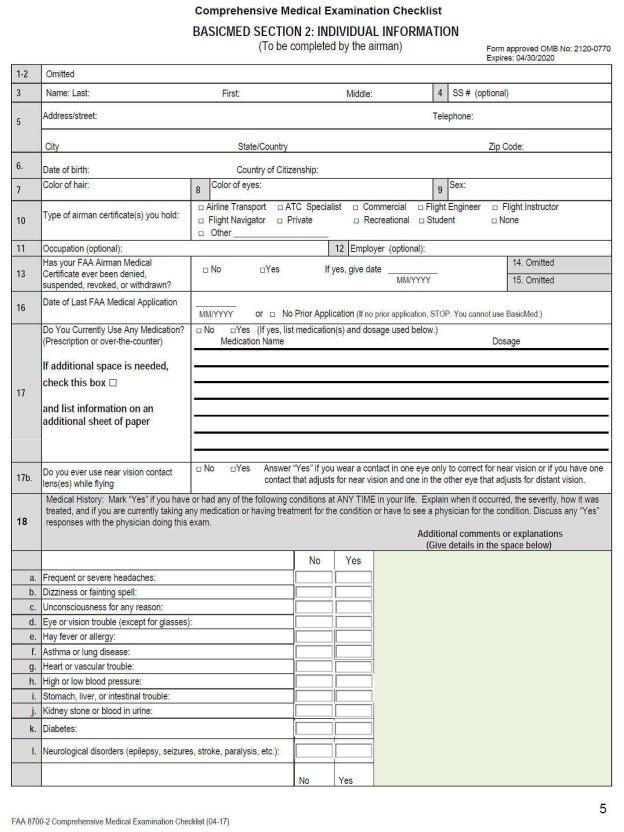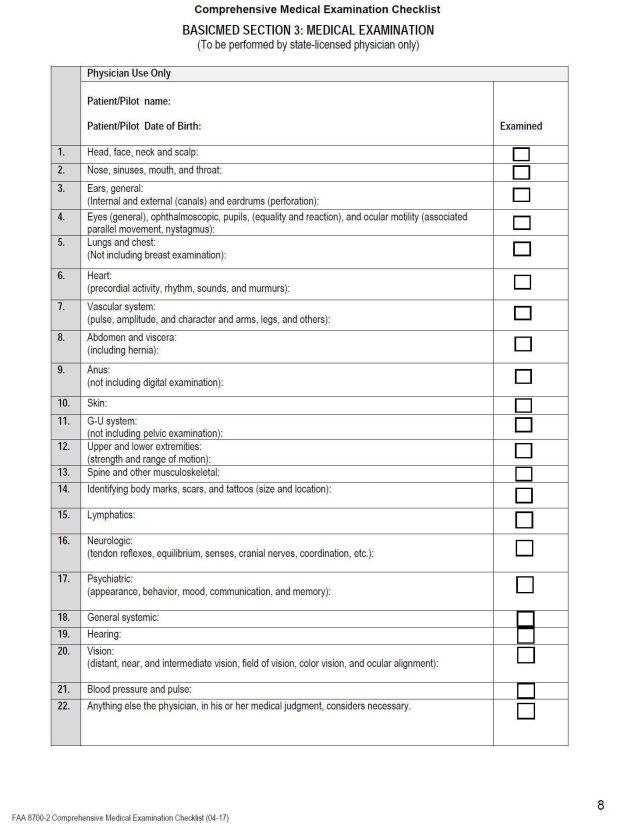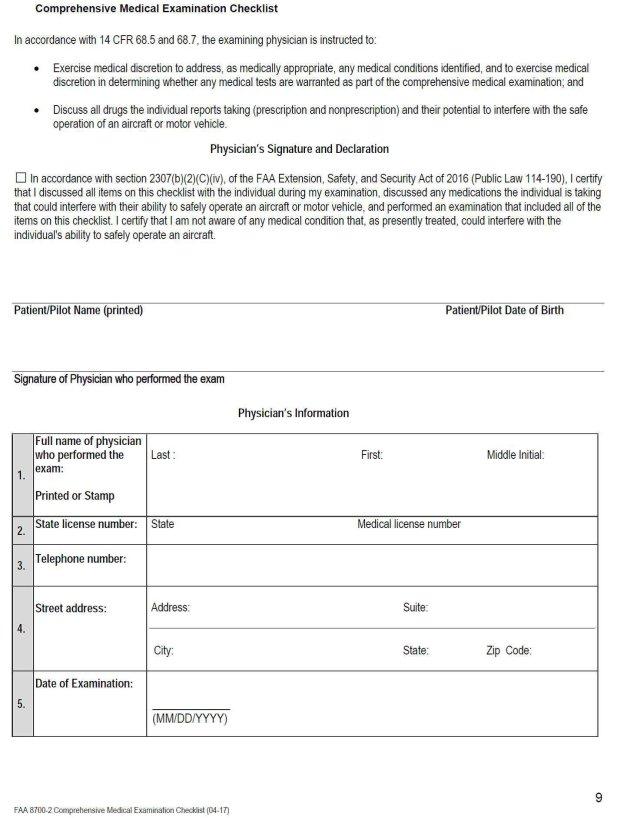faa basicmed sample can be filled in online without any problem. Simply open FormsPal PDF tool to accomplish the job fast. The editor is continually upgraded by us, receiving new functions and growing to be a lot more convenient. Getting underway is easy! Everything you need to do is adhere to the next easy steps directly below:
Step 1: Open the PDF doc in our editor by clicking the "Get Form Button" in the top part of this page.
Step 2: The editor gives you the capability to customize PDF documents in a range of ways. Transform it by adding customized text, adjust existing content, and include a signature - all when you need it!
As a way to fill out this PDF document, make certain you type in the necessary details in every field:
1. It is critical to fill out the faa basicmed sample accurately, thus take care while working with the segments including these particular fields:
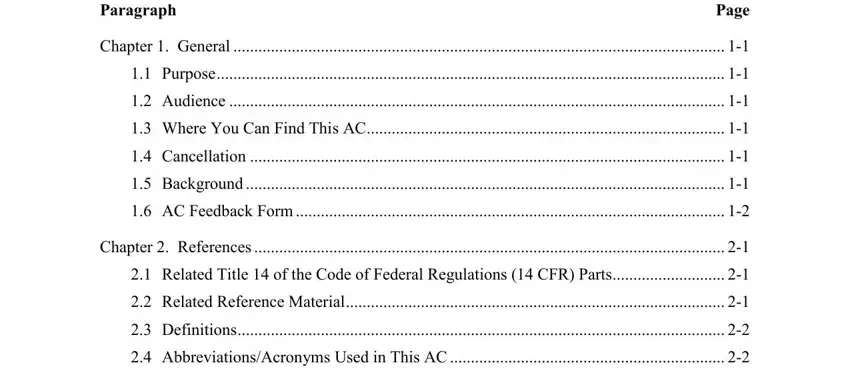
2. Just after filling out this part, head on to the next stage and fill in the necessary particulars in all these fields - Chapter Summary of BasicMed, What Do I Need to Fly Under, What Are My BasicMed Privileges , What Do I Need to Maintain My, Chapter Pilot Requirements , Applicability , Valid Drivers License , Medical Certificate Issued by the, Completion of Medical Education, Care and Treatment by a Physician , Receipt of Medical Exam During, Chapter Covered Aircraft and, Covered Aircraft Requirements , and Operating Requirements .

People who use this form often get some things wrong while filling in Receipt of Medical Exam During in this area. Ensure that you revise whatever you type in right here.
3. Throughout this stage, check out Chapter Medical Education Course, Availability of the Medical, Course Requirements , Documents the Course Must Provide, Chapter Comprehensive Medical, General , Comprehensive Medical Examination, Physician Qualifications , Chapter Special Basicmed, General , Special Issuance Medical, BasicMed Prohibitions for Persons, BasicMed Prohibitions for Persons, and Appendix A Comprehensive Medical. Each of these must be filled in with greatest accuracy.
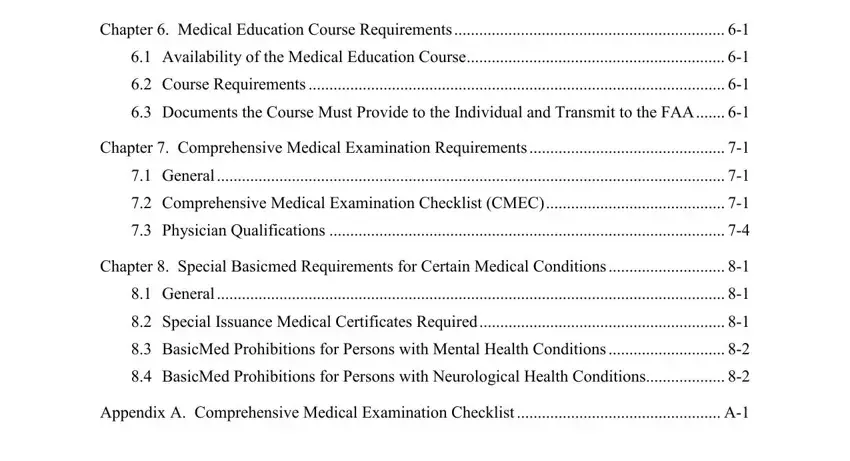
4. The next section needs your details in the subsequent places: Where You Can Find This AC You, Cancellation AC Alternative Pilot, Background The FAA Extension, The FAA refers to the, and Acceptable Means of Compliance. Just be sure you fill out all requested details to move forward.
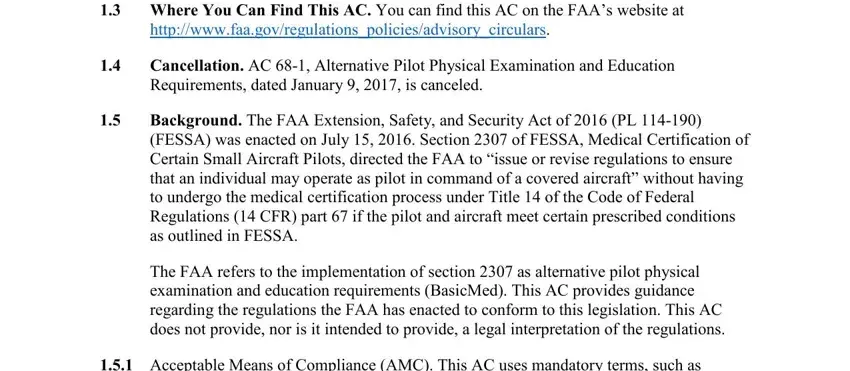
5. Now, this last part is precisely what you have to finish before using the document. The blanks in question include the following: Related Title of the Code of, Part Definitions and, Certificate, Part General Operating and, Related Reference Material The, FAA ACs Notices and Orders, publications on the FAA websites, and AC BasicMed FAA Order Flight.
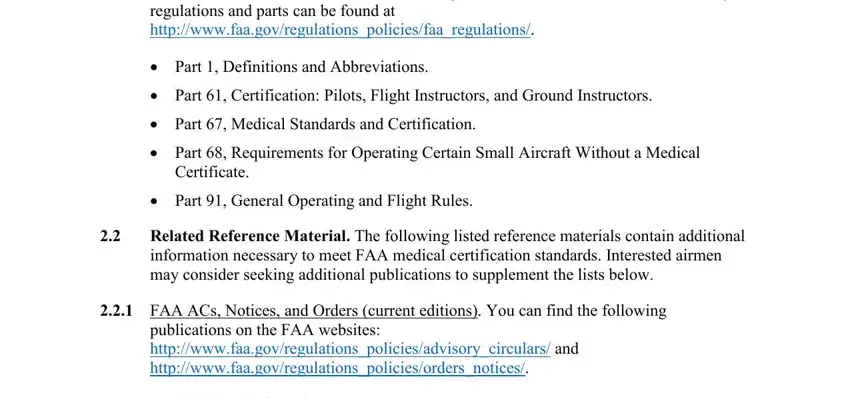
Step 3: Check that your details are correct and click on "Done" to progress further. Get your faa basicmed sample after you register at FormsPal for a free trial. Readily gain access to the form from your personal cabinet, along with any edits and changes being all kept! We don't sell or share the details that you enter whenever dealing with documents at our site.
